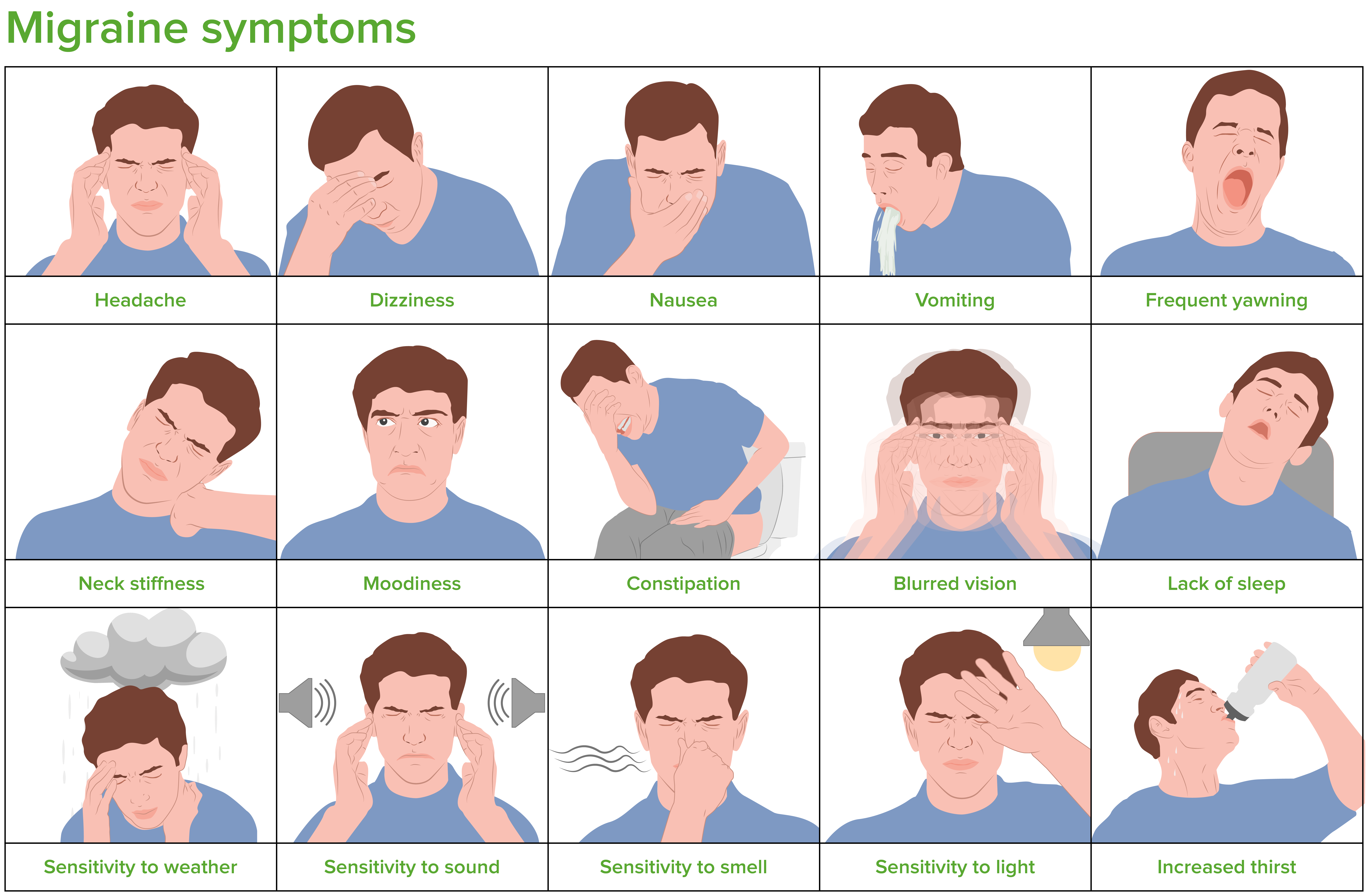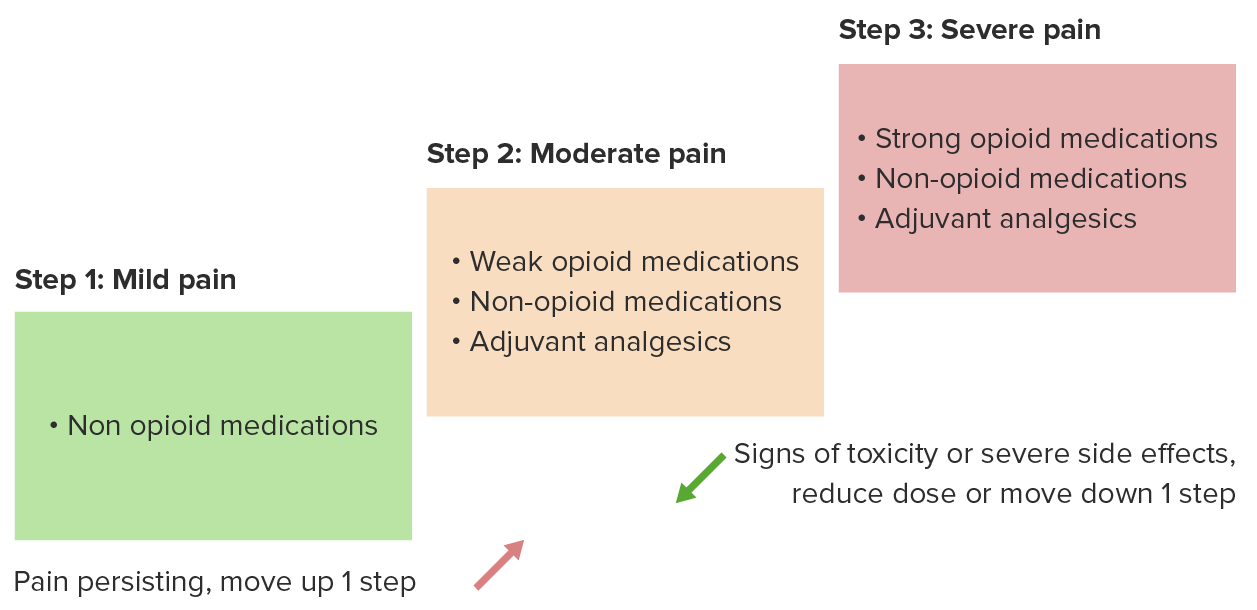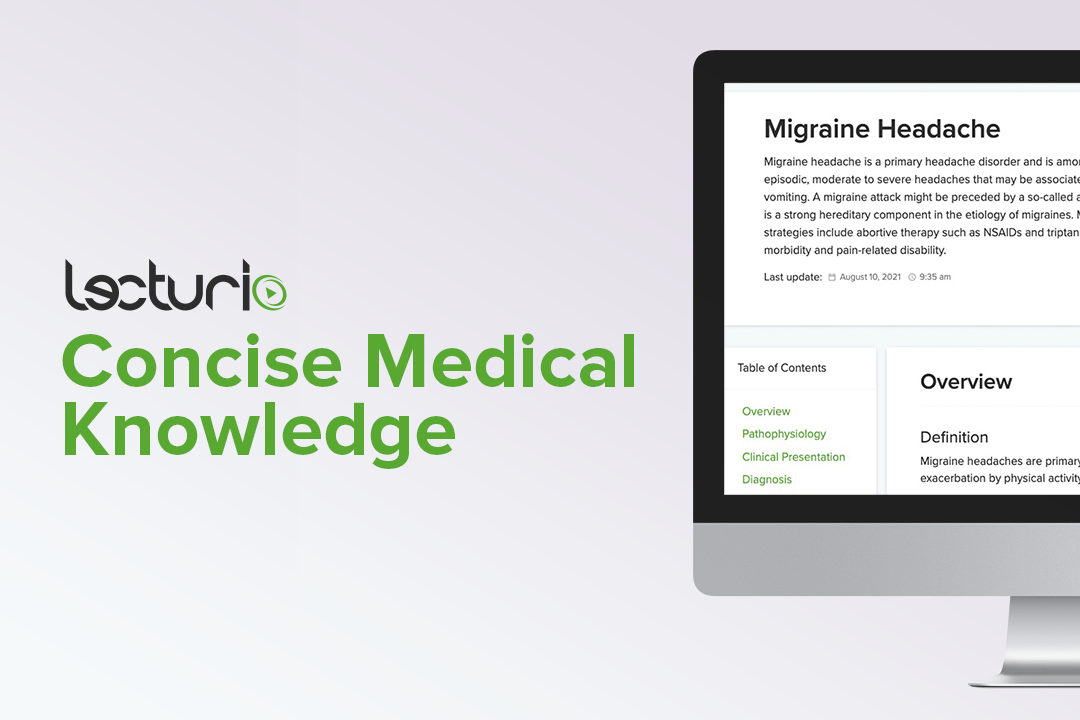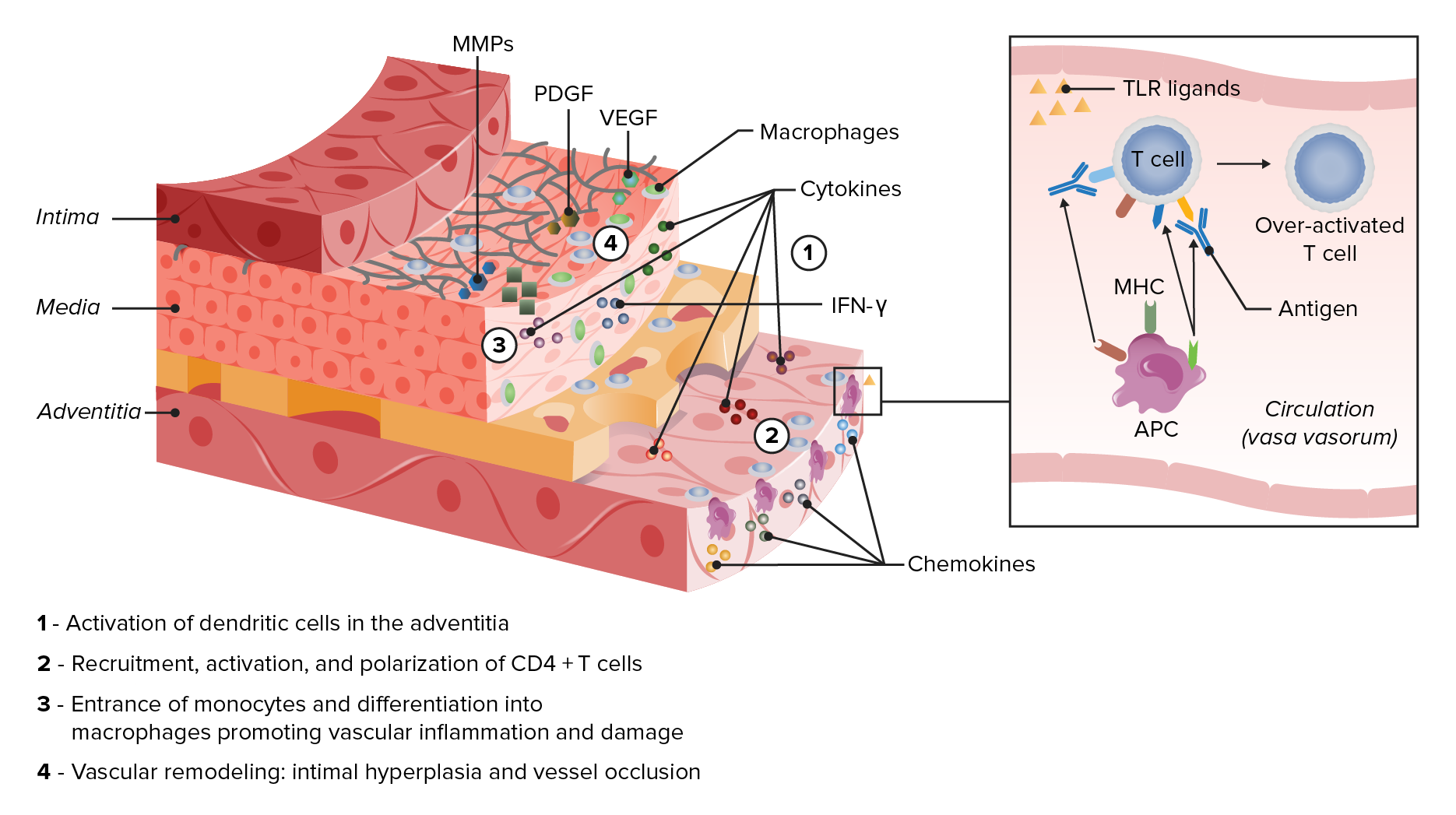Playlist
Show Playlist
Hide Playlist
Case: Just Another Migraine?
-
Slides ApproachtoAcuteProblems AcuteCare.pdf
-
Download Lecture Overview
00:01 Okay, last case. 00:03 So, we’ve got an older patient here. 00:05 I’ve got a 75-year-old woman. 00:06 She has a one-day history of headache. 00:08 Well, it’s just one of my migraines, she explains. 00:11 Sounds pretty benign. 00:12 Let’s get a little bit more. 00:15 So, she has a long history of unilateral migraine headaches, which previously resolved with just a high-dose non-steroidal anti-inflammatory drugs. 00:24 However, the character of this pain is different. 00:26 It’s very concentrated over her temple specifically and it's actually tender to palpation there. 00:34 So, just with that limited history alone, what's the next best step in the management for this patient? And again, you could pause and think about this for a second. 00:44 So, is it, A, just change the type of NSAID she is taking? Maybe that will make a difference. 00:49 Just reassurance. 00:50 She's right, it’s probably just a recurrent migraine and just continue with that expectant management that’s been working for a while. 00:56 Do you initiate maybe a new drug, like a triptane instead of giving her an NSAID? Maybe that’ll be more effective for a migraine headache? Or, D, do we send her to the laboratory immediately and we also initiate corticosteroids? So, this one is to throw you off. 01:11 Indeed, not every case of acute management just needs reassurance and it will probably resolve with time because this is unusual. 01:21 New headaches and different types of headaches always should raise attention for potential red flags. 01:27 In this case, you're seeing unilateral temporal-based pain in a 75-year-old woman with the area actually tender to palpation. 01:35 All of that is very concerning for the diagnosis of…temporal arteritis. 01:41 Very good. 01:42 So, temporal arteritis can have severe complications, particularly in terms of risk of thrombosis and ischemia immediately, so she could lose her vision, she can have a stroke. 01:54 Therefore, immediate laboratory evaluation for simple things like a Sed rate and a CBC for the potential for temporal arteritis and she should not leave your clinic without a prescription for corticosteroids because the application of corticosteroids can dramatically reduce that risk of complication. 02:12 So, she’ll need close follow-up and an initiation of treatment right away. 02:17 So, this is just an example, but I thought it was a keen example to give you an idea that not every case can be managed just with expectant management and reassurance. 02:27 But, certainly, I think for USMLE exam and the way I think about patient care, the answer many times, it's not every answer, and so the trick for you is to watch for high-risk conditions. 02:38 Now, what do those conditions include? I think headache is a high-risk condition. 02:43 So, always pay attention to it. 02:44 Chest pain, while it’s usually benign, still a high-risk condition. 02:48 New neurological symptoms. 02:50 This isn’t the patient with diabetes for 20 years, who has bilateral tingling in the feet, but I’m talking about somebody who has monocular blindness or a left facial droop, something new going on that's acute. 03:05 Think about stroke, you think about masses or other severe CNS disorders. 03:11 Or – and these are often found incidentally – new lesions or masses in organs such as the skin or the breasts. 03:17 I’ve got this mole and, yeah, it seems to be growing and changing. 03:20 Then it bleeds and falls off and then it comes back again. 03:23 The first thing I'm worried about is cancer. 03:25 Now, that's – is it going to be cancer? Unlikely. 03:29 But the first thing I'm going to worry about is cancer. 03:32 And anytime somebody comes in with a – I feel a new mass in my breast, particularly if they’re over 50 and particularly if they are higher risk for breast cancer because of a family history or something like that. 03:43 These are the high-risk conditions just to name a few. 03:46 But some of the more common ones that we see should alert you to the fact that you might need to really go and perform a more thorough workup here. 03:55 You may need to order advanced therapy for this patient right from the get-go, not everything can just be a wait-and-see approach. 04:02 So, hopefully, you found these cases beneficial. 04:05 Now, we’ll move into the acute care module and you can see how this plays out with some real cases. 04:10 Thank you.
About the Lecture
The lecture Case: Just Another Migraine? by Charles Vega, MD is from the course Acute Care.
Included Quiz Questions
A 36-year-old woman who is on chronic pain management with her family physician presents to your office for "lower back pain." Her pain has gotten worse. It radiates down both her legs, more so on the left. She has had difficulty controlling her bowel and urine function over the past few days. She has run out of her usual monthly supply of hydrocodone 1 week earlier. Which of the following is the most appropriate next step in management?
- Urgent referral to the hospital
- Reassurance
- Increasing the dose of narcotics
- Referring the patient back to his family physician
- Obtaining a lumbosacral X-ray
A 36-year-old woman who is on chronic pain management with his family physician presents to your office for "lower back pain." Her pain has gotten worse. It radiates down both her legs, more so on the left. She has had difficulty controlling her bowel and urine function over the past few days. She has run out of her usual monthly supply of hydrocodone 1 week earlier. Which of the following symptoms most strongly indicates the need for urgent evaluation?
- Urinary incontinence
- Worsening lower back pain
- Radiation of pain into legs
- Patient's age
- Increased use of narcotics
Customer reviews
5,0 of 5 stars
| 5 Stars |
|
5 |
| 4 Stars |
|
0 |
| 3 Stars |
|
0 |
| 2 Stars |
|
0 |
| 1 Star |
|
0 |








